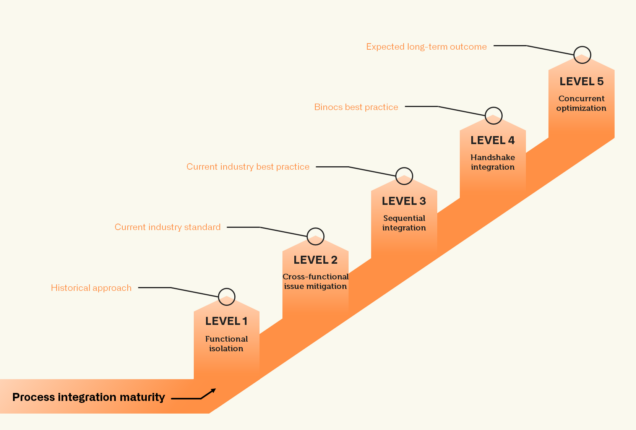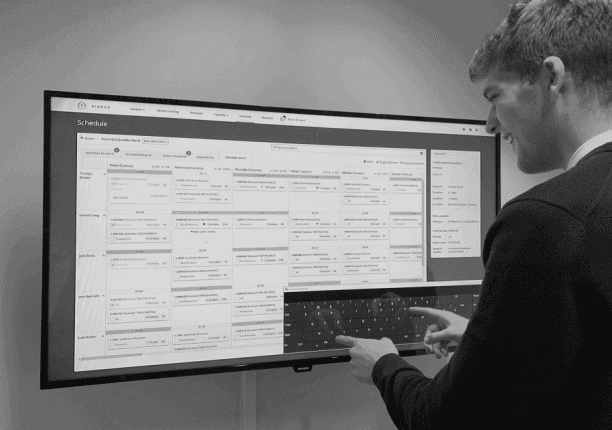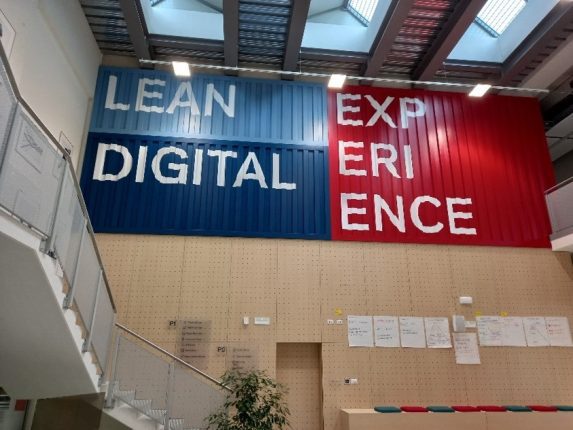
Digital Transformation: a case for interoperability across Quality (part 2)
Our comprehensive white paper, “Integrated QA for Pharma Release: a systems-level approach to resolving your biggest headaches in Quality Assurance” delves into how greater digital interoperability in Quality departments can help to address their biggest challenges. In part 2 of this blog series, Adam Lester-George explores how both Quality Assurance (QA) and Quality Control (QC) serve as critical pillars in the drug development and manufacturing process and how, while each faces a unique set of challenges, the solutions often converge on a singular path: digital transformation.
Part 1: Quality must be greater than the sum of its parts
Read Part 1 of this series here.
Part 2: How can a clear digitalization strategy help to solve Quality challenges?
Based on consultation with professionals from across the pharmaceutical Quality sphere, the white paper not only identifies some of the biggest challenges that Quality teams face, it also categorically segments these challenges into three distinct but interrelated areas: bottlenecks that hinder process flows, workflow inefficiencies that sap productivity, and visibility gaps that obscure crucial data and insights. Here, we unpack some of the main hurdles outlined in the paper, offering a snapshot of the transformative power of digital solutions.
Bottlenecks
It will shock no-one who has ever set foot in a QA office that deviation management is commonly reported as one of the major sources of process bottlenecks. When handling deviations, each delay can escalate into critical compliance risks and inefficiencies, while simultaneously risking a release backlog. One clear solution that an effective digital transformation strategy will consistently reveal is implementing a Quality Management Systems (QMS) to help expedite deviation resolution through automation and real-time tracking.
For QC, on the other hand, bottlenecks often appear when teams are unable to maintain a high Right First Time (RFT) testing rate. This is especially true when batch testing and tracking processes are handled manually, using error-prone pen and paper methods that can easily confuse or misrepresent results. Unsurprisingly, then, our white paper highlights the criitcal role of digital Laboratory Information Management Systems (LIMS) in enhancing data integrity and bolstering RFT metrics; however it also notes that an integrated digital Laboratory Execution System (LES) and Electronic Laboratory Notebook (ELN) provided much needed added value for consistent and error-free record-keeping, which is crucial for operational excellence and regulatory adherence.
Workflows
The unpredictability of Quality workflows transcends QC and QA functions, demanding flexible solutions that can bring order to what can otherwise rapidly descend into chaos. The white paper points towards the systemic integration of advanced digital tools to support resource management. For coordinating Quality workflows across the supply chain, it recommends connecting a LIMS to an Enterprise Resource Planning (ERP) system to facilitate the handling of product and processes.
For managing staffing workflows, it is recommended to introduce a further layer of integration, connecting the wider digital ecosystem with a dedicated Resource Planning and Scheduling (RPS) system such as Binocs. This can help to effortlessly align resources with demand, thus smoothing out the peaks and valleys of workload volatility.
Visibility
A recurring theme in the white paper is the need for enhanced visibility and transparency, providing a clear line of sight between the various stages of the Quality process. This is where the interconnectedness of digital systems shines, providing a clear and accessible overview, both vertically across operations and horizontally between critical stakeholders. An integrated digital ecosystem, encompassing ERP, MES, QMS, and RPS, grants QA and QC the visibility needed to preemptively address issues and optimize the batch release schedule.
The white paper further argues that this trifecta of challenges—bottlenecks, workflows, and visibility—cannot be tackled in isolation. Instead, they require a harmonized approach, one that leverages the collective strengths of digital systems to establish a seamless, efficient, and robust Quality function.
For a deeper understanding of these challenges and the digital solutions that pave the way for a streamlined, future-proof Quality function, we encourage you to download our white paper. It not only examines the hurdles but also provides a roadmap to a digitally-transformed quality ecosystem, illustrating how an interconnected approach is not just beneficial but essential for the pharmaceutical industry.
You can download your free copy of the paper via the below form now!
Part 3: The strategic role of Binocs in Quality digital transformation
Read Part 3 of this series here.



